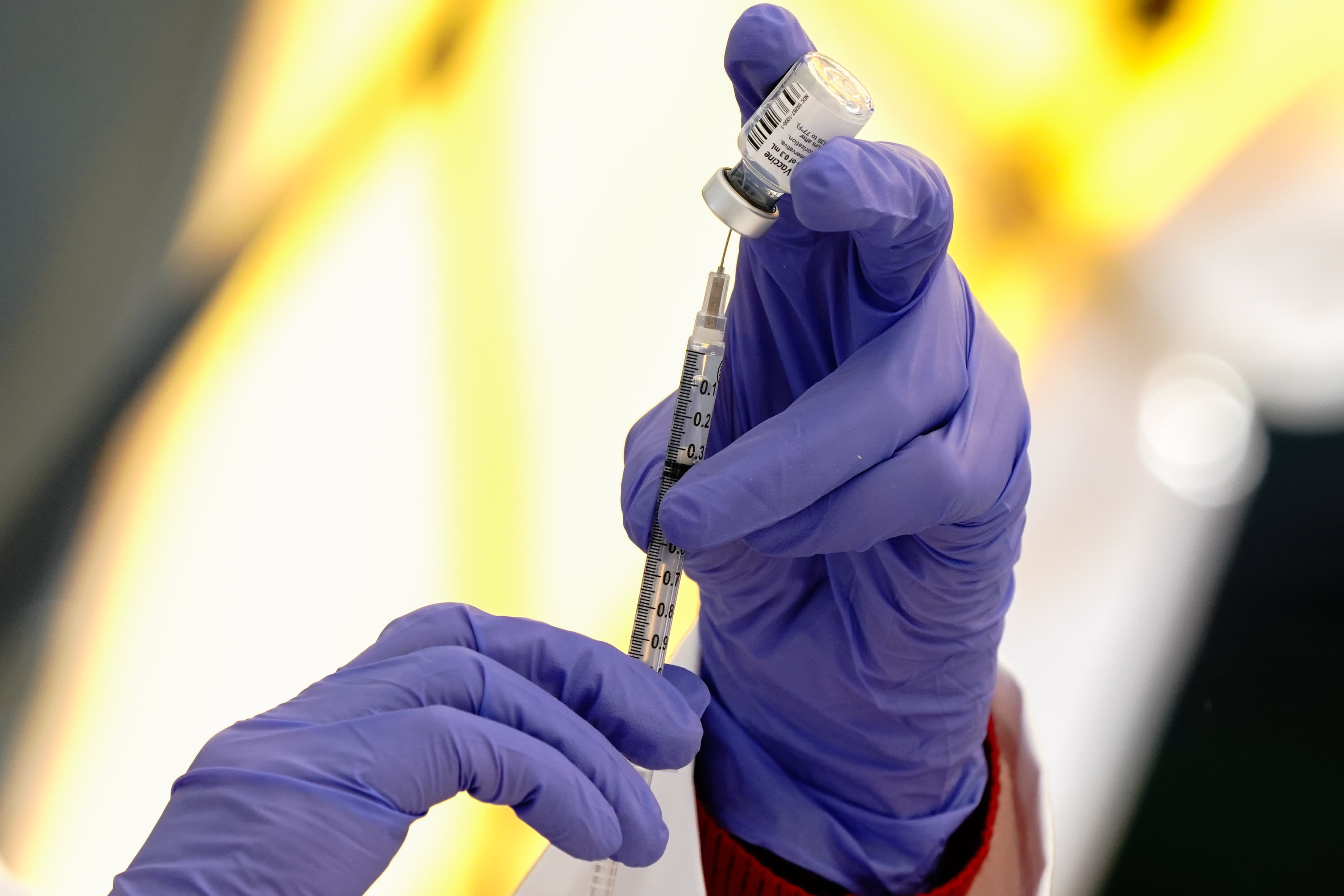
A pharmacist will prepare a dose of the Pfizer-BioNTech Covid-19 vaccine at the UCI Medical Center in Orange, California, USA on Wednesday, December 16, 2020.
Bing Guan | Bloomberg | Getty Images
The global alliance aiming to supply coronavirus vaccines to poor countries said on Friday that it has supply agreements to provide nearly 2 billion doses and that, after approval, they can begin shipping them in the first quarter.
There are 190 countries and territories participating in COVAX, which is co-led by the World Health Organization, Gavi, the Vaccine Alliance, and the Coalition for Epidemic Preparedness Innovation. The facility said it was able to secure the doses through additional supply agreements with AstraZeneca and Johnson & Johnson.
COVAX said it plans to begin first deliveries in the first quarter of 2021, if the drugs are approved. According to the alliance, sufficient doses should be administered in the first half of next year to protect health and social workers in participating economies. COVAX plans to deliver at least 1.3 billion doses next year to the 92 countries, all of which are low- and lower-middle-income, participating in the facility.
“The advent of vaccines gives us all a glimpse of the light at the end of the tunnel,” said Dr. Tedros Adhanom Ghebreyesus, Director General of the World Health Organization, in a statement. “But we will not really end the pandemic until we end it everywhere at once, which means it is essential to vaccinate some people in all countries, rather than all people in some countries.”
Meanwhile, UNICEF said Friday it could ship up to 850 tons of Covid-19 vaccines per month next year to middle to low-income countries. Commercial airlines will be able to deliver the vaccines to nearly all 92 countries participating in the COVAX, UNICEF said in a statement. The United Nations Children’s Fund is a United Nations agency that provides humanitarian assistance to children around the world.
The humanitarian organization said the shots are likely to be sent primarily via existing passenger and cargo flights, although some charter flights or alternative modes of transport will be required for hard-to-reach countries.
However, the world’s poorest countries are still struggling with a budget deficit of $ 133 million to distribute and store the doses, UNICEF said. According to the organization, which has assessed global air cargo capacity and transportation routes, airline deliveries are estimated to amount to $ 70 million.
Countries will face additional challenges once the doses arrive, UNICEF said.
Temperature requirements for the vaccines being developed vary and require cold chain supply lines, trained medical personnel and stronger efforts to reach, Henrietta Fore, UNICEF executive director, said in a statement released Friday.
“This is a massive and historic endeavor,” Fore said in a statement. “The scale of the task is daunting and the stakes have never been higher, but we are ready to take it on.”
UNICEF said it will need $ 410 million to help countries deliver the vaccines and buy therapeutic drugs and diagnostic tools next year. Funding has been an issue for the COVAX facility, which has a “very high” risk of failure due to lack of funds, supply risks and complex contractual arrangements, according to a report from Reuters on Wednesday, citing internal documents.